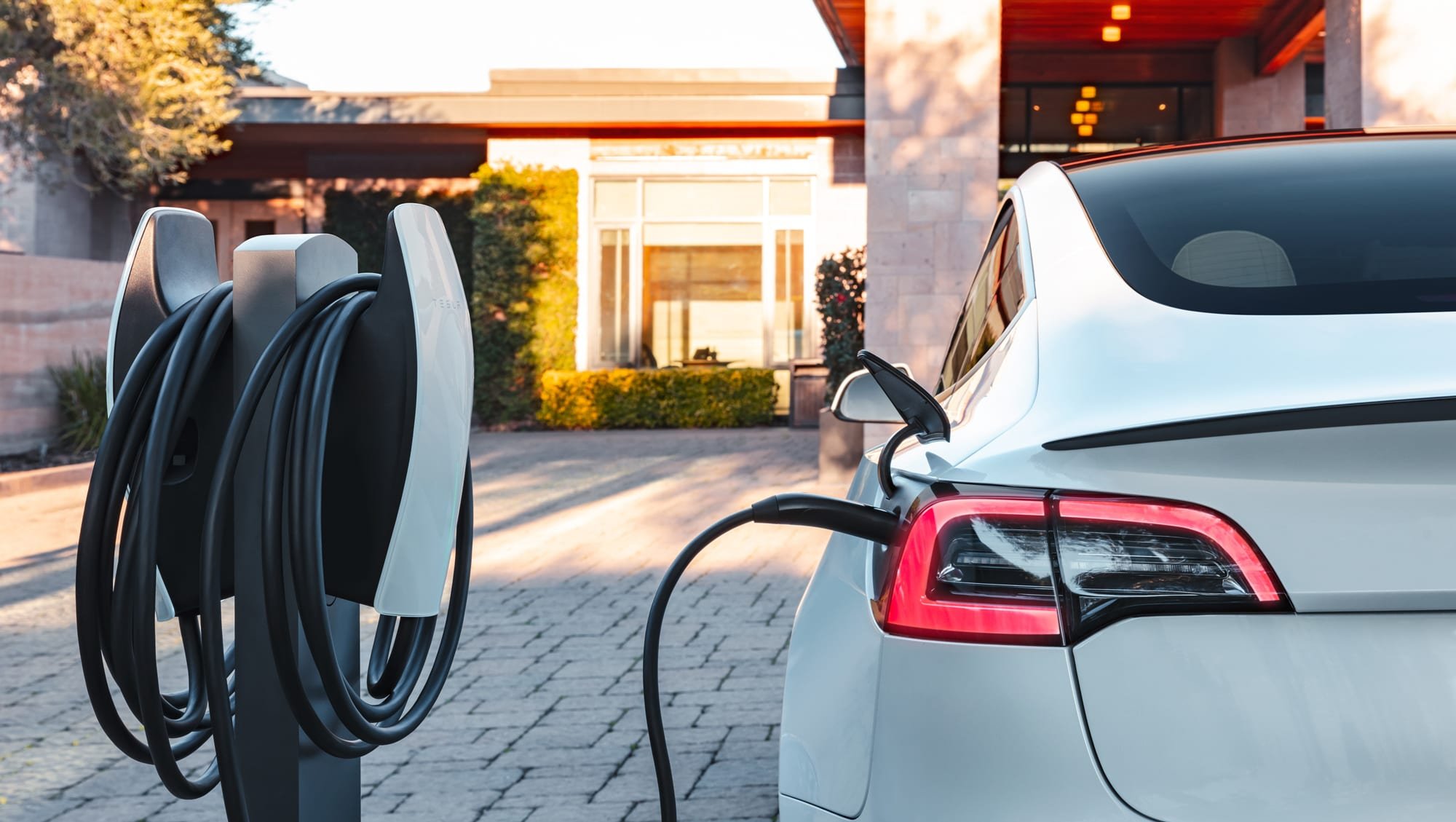Conveyance is the process of channeling water from its source, which mostly relies on gravity. However, places like Southern California where water is delivered from the north or from the Colorado river have considerable pump energy embedded in conveyance when water needs to traverse mountain passes.
When surface water isn’t available (e.g. drought years) our state relies much more on groundwater pumping. That pumping accounts for up to 46% of the statewide water supply during dry years. In addition to being energy intensive, it can also have additional unwanted effects, such as subsidence, or the gradual sinking of land. And while groundwater is renewable, that process is lengthy, requiring sufficient rain and time to percolate down through soil to underwater “basins”. This year’s rain may be next year’s groundwater, but depending on the depth of the basin it can take years or decades to recharge.
Capturing stormwater and recycled water are popular alternatives to avoid groundwater pumping and allow the groundwater more time to recharge. They both need energy-intensive treatment to get rid of pollutants before becoming usable in landscape settings. For a less energy-intensive option, rainwater capture and reuse or laundry-landscape reuse of water for irrigation are ways that individuals can reduce their draw on state- and city-wide water – and energy! – resources.
As the climate continues to change, periods of drought and periods of rain are anticipated to become more extreme, and we’ll need additional energy for pumping in drier conditions and treatment of stormwater when there are larger storms. So, conserving water isn’t just about shortages during droughts but also about reducing overall energy consumption.










